RF-Capacitance /Admittance level switch consists of a guard section, upper insulation, main probe and grounding. The guard section is designed to overcome possible medium attachment and to secure signal accuracy. The special structure is suitable for detecting different mediums without being affected by attachments. The upper main probe, guard, and grounding are all insulated.
The level of the medium can be detected by the increasing of admittance when medium reaches the main probe. The grounding and the main probe are insulated, thus the device will still function accurately and not cause false alarms when the medium attaches the probe.
Source : FineTek
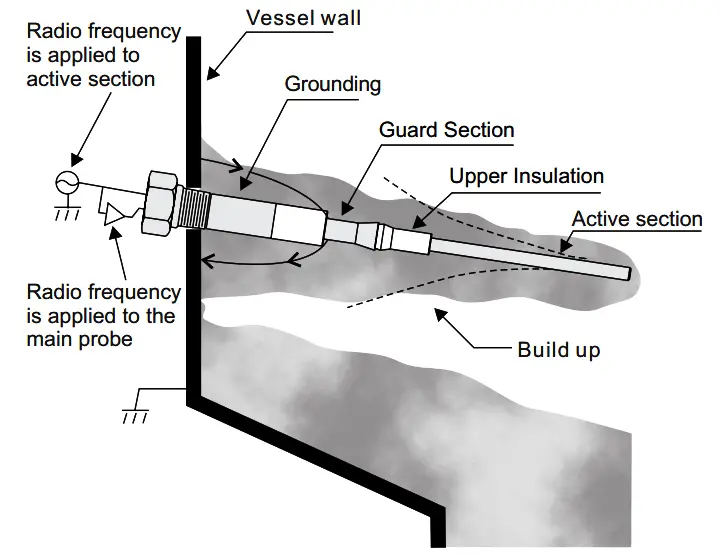
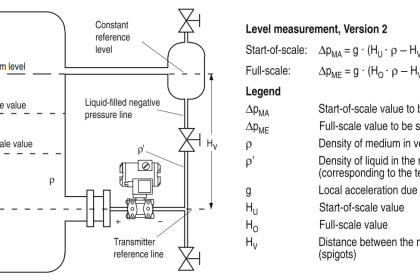
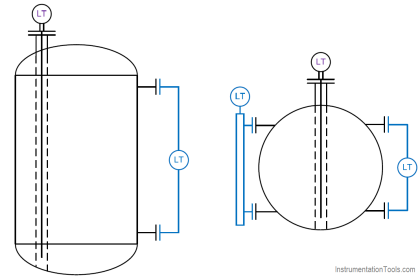
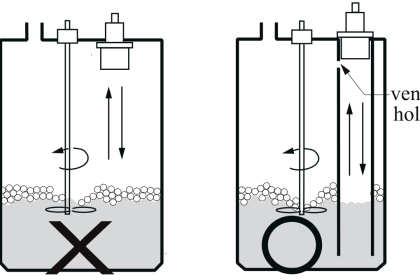
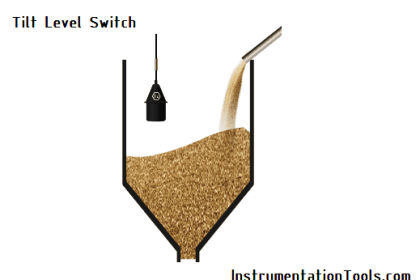
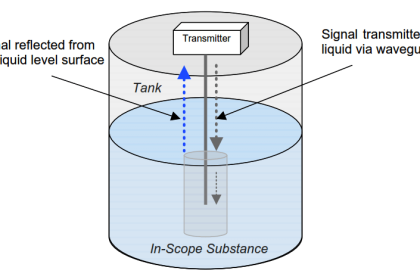
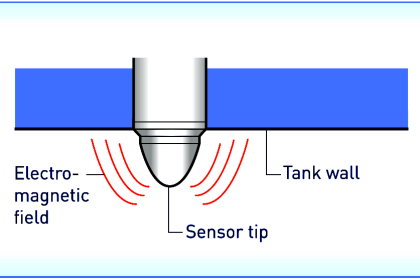
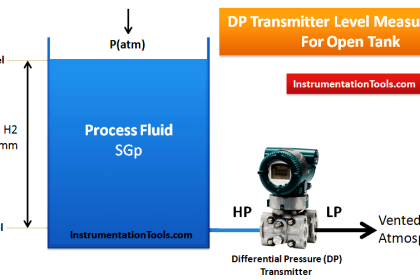
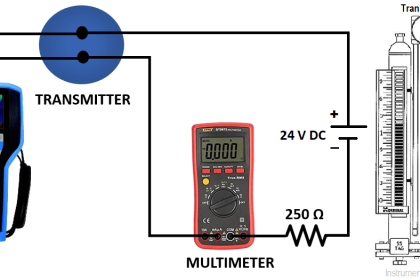
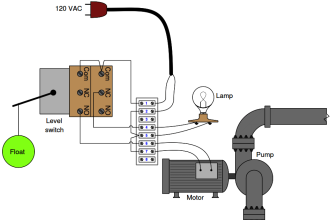
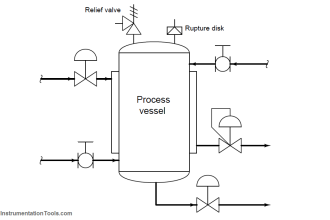
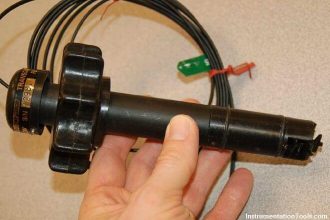

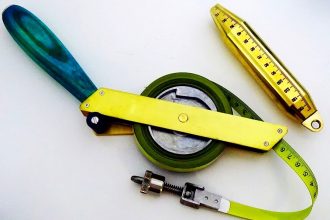
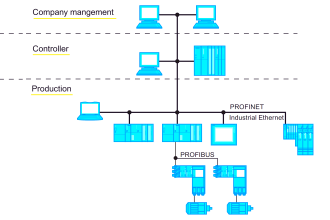
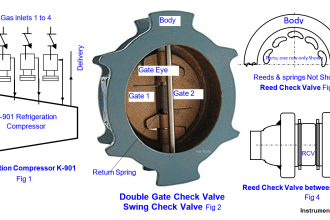
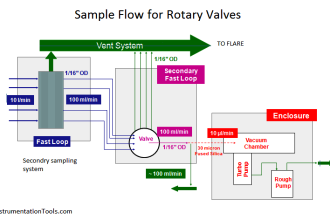

The material is worth learning from.I personally need your compiled book in details for this informations in electrical instrumentation.
Thanks for considering my humble request.